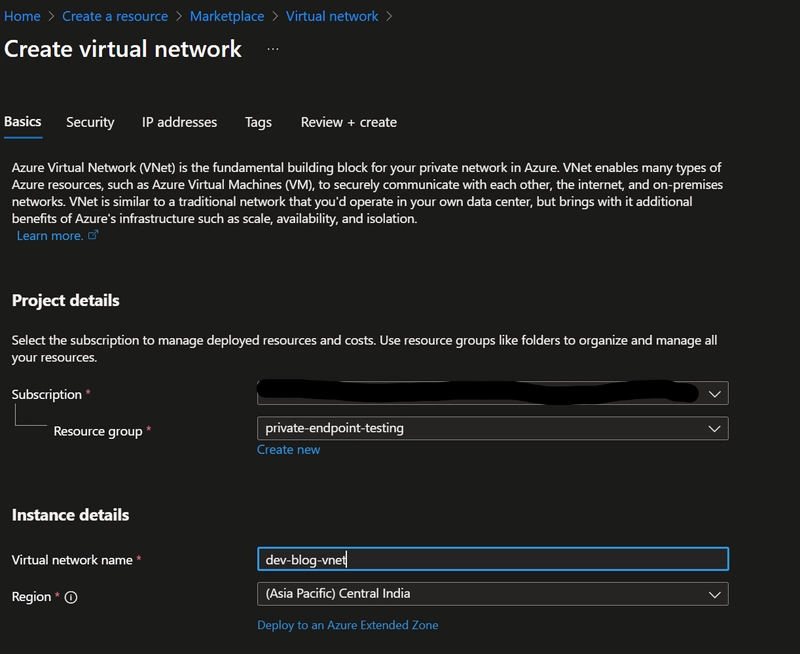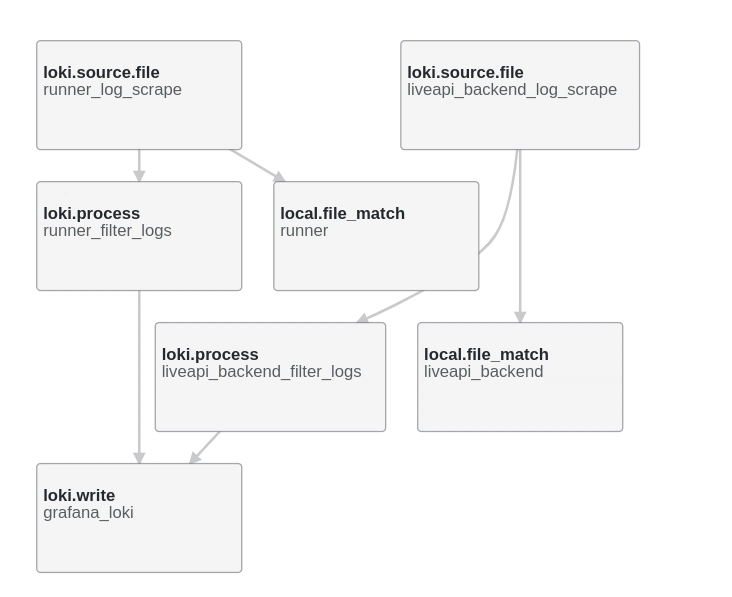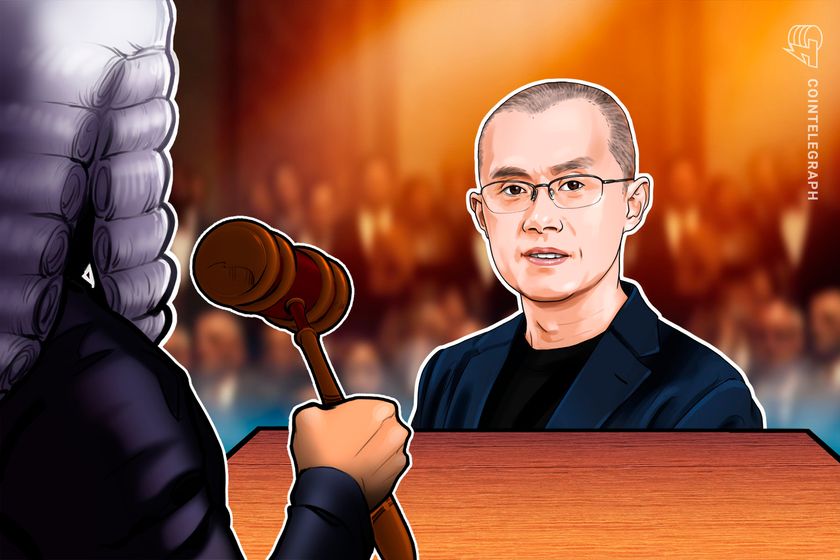4 ways to make your business more resilient and ready for the future
Resilience is no longer just about grit or recovering from setbacks. It’s about anticipating change, staying agile in uncertainty, and continuously evolving. The most future-ready organizations build resilience not just at the leadership level, but across their entire workforce—equipping employees with the skills, mindsets, and support systems they need to turn disruption into momentum. People today expect more—learning, development, well-being, and strong leadership—to help them navigate the future of work. Companies that invest in these areas don’t just retain top talent; they build workforces that are unstoppable. Here are four powerful strategies to embed resilience into your workforce and future-proof your business. 1. Build a Culture of Continuous Learning The workplace is more volatile, uncertain, complex, and ambiguous (VUCA) than ever. In this environment, adopting a growth mindset at scale isn’t just valuable—it’s essential. Organizations that foster continuous learning help employees build confidence, adapt to change, and contribute in new and meaningful ways. Our latest research study found that 90% of knowledge workers, people managers, HR, and business executives see “learning and career development” as personally important—an increase of 13 percentage points since 2021. Yet, many employees still operate with a “know-it-all” mindset, resisting new information or perspectives. Contrast this with a “learn-it-all” mentality, a concept rooted in the pioneering work of psychologist Carol Dweck and championed by Microsoft CEO Satya Nadella. A learn-it-all workforce thrives in uncertainty—embracing curiosity, experimentation, and adaptability. Strategy: Make Learning a Daily Habit Shift learning from an event to an ongoing process, integrating microlearning, peer coaching, and real-time feedback into daily work. Equip leaders to facilitate career development conversations that reinforce employees’ value and potential. Encourage cross-functional projects, upskilling, and mentorship to prepare employees for evolving roles. Bottom line: Resilient teams don’t fear change—they see it as an opportunity to grow. 2. Prepare Your People for AI AI is already transforming work, yet only about a third of knowledge workers use it at least occasionally. While AI can significantly boost efficiency and productivity, many employees are hesitant—unsure of its ethical implications and job impact. Employees who learn to use AI effectively will be better positioned for the future than those who resist it. Our research shows that frequent AI users are nearly twice as optimistic about its benefits than those with less exposure, and they are also more likely to recognize that they need to develop soft skills like critical thinking, communication, and creativity to be successful. Strategy: Build AI Confidence and Readiness First, it’s essential to lay the groundwork—defining your AI strategy, investing in the right technologies, ensuring ethical implementation, and preparing your people so they understand how it fits into their roles. Invest in AI literacy training and skills development to demystify the technology and encourage adoption. With the necessary guardrails in place, empower teams to experiment with AI in workflows where it adds value—improving decision-making, efficiency, and innovation. Bottom line: AI is reshaping the workplace, and employees who integrate it into their skill set will have a significant advantage over those who don’t. Organizations that empower their people to use AI will develop a workforce that is skilled, adaptable, and future-ready. 3. Prioritize Holistic Well-Being and Belonging Well-being is much more than a perk—it’s the foundation of engagement, productivity, and retention. Our research shows that employees rank health and well-being as the most important factor for their company’s long-term success. Employees don’t just want surface-level wellness programs; they expect real, meaningful support that addresses their holistic well-being—including mental, physical, emotional, financial, and social well-being. A truly resilient workforce thrives when employees feel secure in their ability to manage stress, maintain financial stability, cultivate strong relationships, and find purpose in their work. Strategy: Make Well-Being a Business Imperative Normalize mental health conversations and create an environment where employees feel psychologically safe. Provide flexibility and autonomy so employees can manage workloads in ways that prevent burnout. Invest in well-being initiatives that address financial wellness, social connectedness, and emotional resilience. Foster a culture of belonging where employees feel valued and aligned with a shared purpose. Bottom line: Companies that embed well-being into their culture don’t just retain employees—they unlock higher performance, strong

Resilience is no longer just about grit or recovering from setbacks. It’s about anticipating change, staying agile in uncertainty, and continuously evolving. The most future-ready organizations build resilience not just at the leadership level, but across their entire workforce—equipping employees with the skills, mindsets, and support systems they need to turn disruption into momentum.
People today expect more—learning, development, well-being, and strong leadership—to help them navigate the future of work. Companies that invest in these areas don’t just retain top talent; they build workforces that are unstoppable.
Here are four powerful strategies to embed resilience into your workforce and future-proof your business.
1. Build a Culture of Continuous Learning
The workplace is more volatile, uncertain, complex, and ambiguous (VUCA) than ever. In this environment, adopting a growth mindset at scale isn’t just valuable—it’s essential. Organizations that foster continuous learning help employees build confidence, adapt to change, and contribute in new and meaningful ways.
Our latest research study found that 90% of knowledge workers, people managers, HR, and business executives see “learning and career development” as personally important—an increase of 13 percentage points since 2021.
Yet, many employees still operate with a “know-it-all” mindset, resisting new information or perspectives. Contrast this with a “learn-it-all” mentality, a concept rooted in the pioneering work of psychologist Carol Dweck and championed by Microsoft CEO Satya Nadella. A learn-it-all workforce thrives in uncertainty—embracing curiosity, experimentation, and adaptability.
Strategy: Make Learning a Daily Habit
- Shift learning from an event to an ongoing process, integrating microlearning, peer coaching, and real-time feedback into daily work.
- Equip leaders to facilitate career development conversations that reinforce employees’ value and potential.
- Encourage cross-functional projects, upskilling, and mentorship to prepare employees for evolving roles.
Bottom line: Resilient teams don’t fear change—they see it as an opportunity to grow.
2. Prepare Your People for AI
AI is already transforming work, yet only about a third of knowledge workers use it at least occasionally. While AI can significantly boost efficiency and productivity, many employees are hesitant—unsure of its ethical implications and job impact.
Employees who learn to use AI effectively will be better positioned for the future than those who resist it. Our research shows that frequent AI users are nearly twice as optimistic about its benefits than those with less exposure, and they are also more likely to recognize that they need to develop soft skills like critical thinking, communication, and creativity to be successful.
Strategy: Build AI Confidence and Readiness
- First, it’s essential to lay the groundwork—defining your AI strategy, investing in the right technologies, ensuring ethical implementation, and preparing your people so they understand how it fits into their roles.
- Invest in AI literacy training and skills development to demystify the technology and encourage adoption.
- With the necessary guardrails in place, empower teams to experiment with AI in workflows where it adds value—improving decision-making, efficiency, and innovation.
Bottom line: AI is reshaping the workplace, and employees who integrate it into their skill set will have a significant advantage over those who don’t. Organizations that empower their people to use AI will develop a workforce that is skilled, adaptable, and future-ready.
3. Prioritize Holistic Well-Being and Belonging
Well-being is much more than a perk—it’s the foundation of engagement, productivity, and retention. Our research shows that employees rank health and well-being as the most important factor for their company’s long-term success.
Employees don’t just want surface-level wellness programs; they expect real, meaningful support that addresses their holistic well-being—including mental, physical, emotional, financial, and social well-being.
A truly resilient workforce thrives when employees feel secure in their ability to manage stress, maintain financial stability, cultivate strong relationships, and find purpose in their work.
Strategy: Make Well-Being a Business Imperative
- Normalize mental health conversations and create an environment where employees feel psychologically safe.
- Provide flexibility and autonomy so employees can manage workloads in ways that prevent burnout.
- Invest in well-being initiatives that address financial wellness, social connectedness, and emotional resilience.
- Foster a culture of belonging where employees feel valued and aligned with a shared purpose.
Bottom line: Companies that embed well-being into their culture don’t just retain employees—they unlock higher performance, stronger engagement, and long-term resilience.
4. Equip and Empower Managers to Lead Through Change
Managers are the No. 1 driver of employee engagement, yet only 27% of workers feel that their managers are equipped to lead effectively through change. That’s a problem.
When managers have the right tools and skills, they don’t just manage—they motivate, guide, and inspire teams to navigate uncertainty. Resilient organizations prioritize leadership development, ensuring that managers have the confidence and capability to lead through transformation.
Strategy: Strengthen Manager Readiness
- Provide clear messaging, training, and tools to help managers communicate change with transparency and empathy.
- Create a “Manager Central” hub—a one-stop resource for guidance, best practices, and real-time coaching.
- Encourage managers to foster psychological safety, normalizing uncertainty and modeling a problem-solving mindset.
Bottom line: Resilient managers build resilient teams. Organizations that invest in equipping and empowering their managers will create a workforce that thrives, no matter what the future holds.










































































































































































![[The AI Show Episode 143]: ChatGPT Revenue Surge, New AGI Timelines, Amazon’s AI Agent, Claude for Education, Model Context Protocol & LLMs Pass the Turing Test](https://www.marketingaiinstitute.com/hubfs/ep%20143%20cover.png)




























































































































![From Accountant to Data Engineer with Alyson La [Podcast #168]](https://cdn.hashnode.com/res/hashnode/image/upload/v1744420903260/fae4b593-d653-41eb-b70b-031591aa2f35.png?#)





































































































.png?#)



















































































































































![Apple Posts Full First Episode of 'Your Friends & Neighbors' on YouTube [Video]](https://www.iclarified.com/images/news/96990/96990/96990-640.jpg)

![Apple May Implement Global iPhone Price Increases to Mitigate Tariff Impacts [Report]](https://www.iclarified.com/images/news/96987/96987/96987-640.jpg)




























































































































